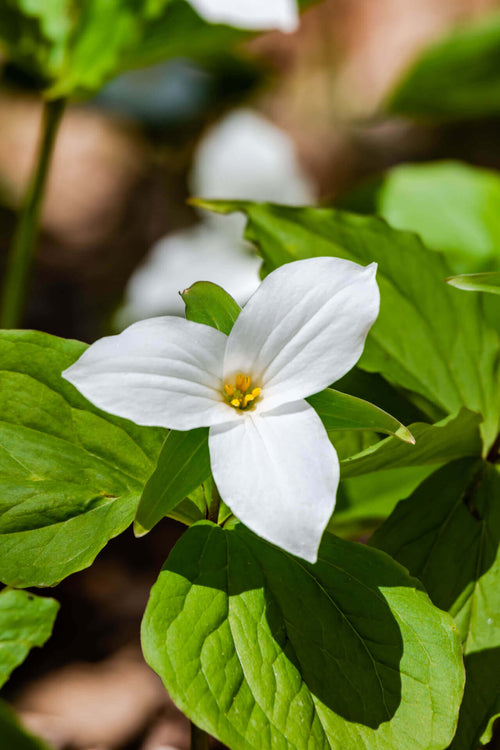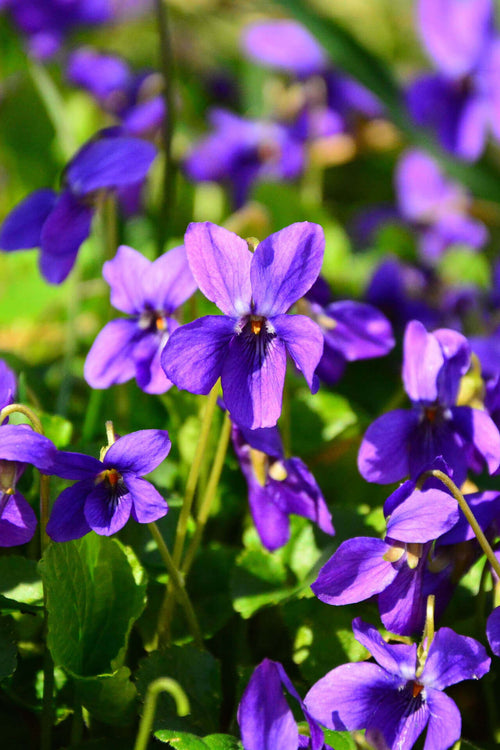A Step-by-Step Guide
Flower arranging is a delightful and creative endeavor that allows you to transform a simple bunch of blooms into a captivating masterpiece. Whether you want to enhance your home decor, create a stunning centerpiece for an event, or explore your artistic side, arranging your flowers can be a rewarding and enjoyable experience. This comprehensive guide will walk you through the step-by-step process of setting your own flowers, from selecting the right flowers to showcasing your final creation.
Step 1: Gather Your Supplies
Before you begin, ensure you have all the necessary supplies. Here's a list of items you'll need:
- Flowers: Choose various flowers in different shapes, sizes, and colors. Consider using a mix of focal flowers (large, attention-grabbing blooms), filler flowers (smaller, complementary blooms), and foliage (greenery).
- Vase or Container: Select a vase or container that suits the style and size of the arrangement you're aiming for. The vase's height and shape will influence the overall look of the contract.
- Floral Foam or Flower Frog: Depending on your vase type, you might need floral foam to anchor the stems or a flower frog to provide stability.
- Floral Shears: Sharp, clean floral shears are essential for cutting stems cleanly and preventing damage to the flowers.
- Water: Ensure enough water to fill the vase and hydrate your flowers.
- Flower Food: Flower food packets can help extend the lifespan of your arrangement by providing essential nutrients to the blooms.
- Clean Workspace: Set up a clean and spacious workspace where you can comfortably work on your arrangement.
Step 2: Choose Your Flowers
Selecting the right flowers is crucial to creating a visually appealing arrangement. Consider the occasion, color scheme, and style you're going for. Aim for a mix of textures, sizes, and colors that complement each other.
Step 3: Prepare the Flowers
Once you've gathered your flowers, it's time to prepare them for arranging. Follow these steps:
- Trim the Stems: Using your floral shears, cut the flowers' stems at a 45-degree angle. This angle allows for better water absorption, prolonging the life of the blooms.
- Remove Leaves: Remove any leaves submerged in water as they can cause bacteria to grow and reduce the water's freshness.
- Prune Foliage: Trim excess foliage to ensure it doesn't overcrowd the arrangement. You want the focus to be on the blooms.
Step 4: Arrange the Flowers
This is where your creativity shines. Start by placing the focal flowers in the vase first. These are typically the larger blooms that will draw the most attention. Arrange them at varying heights and angles to create depth.
Next, add the filler flowers to fill the gaps between the focal blooms. These smaller flowers should complement the focal flowers and add texture and color.
Lastly, incorporate the foliage to provide a lush and natural look. The foliage should frame the arrangement and create a harmonious balance.
Step 5: Balance and Proportion
As you arrange the flowers, pay attention to balance and proportion. Distribute the flowers evenly throughout the arrangement and avoid clumping similar flowers together. Step back occasionally to assess the performance from different angles and adjust as needed.
Step 6: Securing the Arrangement
Depending on the vase type, use floral foam and a flower frog to secure the stems. This ensures stability and prevents the flowers from shifting.
Step 7: Water and Care
Fill the vase with water and add flower food according to the instructions on the packet. Check the water level daily and top it off as needed. To extend the life of your arrangement, change the water every few days and recut the stems at an angle.
Step 8: Display and Enjoy
Once your arrangement is complete, find the perfect spot to display it. Consider the lighting and overall ambiance of the room. Keep the structure away from direct sunlight, drafts, and heat sources to prolong its freshness.
Step 9: Maintenance
Regularly remove any spent flowers to encourage the longevity of the remaining blooms. If you notice any stems wilting, replace them to maintain the arrangement's beauty.
Step 10: Experiment and Learn
Remember that flower arranging is an art form, and practice makes perfect. Feel free to experiment with different flower combinations, vase styles, and arrangements. Take note of what works and what doesn't, and use each experience as an opportunity to learn and refine your skills.
Conclusion
Arranging flowers is a delightful and creative endeavor that allows you to express yourself and bring natural beauty into your surroundings. By following these steps and infusing your unique style and creativity, you can create stunning floral arrangements that capture the essence of the blooms and your artistic vision. So, gather your supplies, select your flowers, and embark on a journey of floral creativity that's sure to bring joy and beauty into your life.




















































